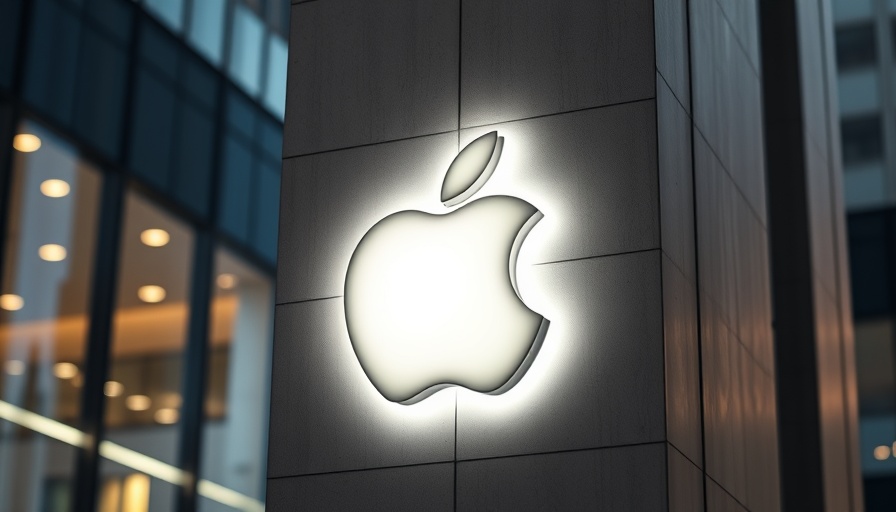
Apple Set to Revolutionize Smart Glasses with New Chip Technology
As the tech industry evolves rapidly, Apple is once again at the forefront of innovation. According to a recent report from Bloomberg, the tech giant is developing new chips specifically designed to power upcoming smart glasses, in addition to enhancing the performance of Macs and AI servers. This shift marks a significant move by Apple to solidify its presence in the burgeoning market for augmented and virtual reality devices.
Competition in Smart Glasses Market
With Meta successfully selling about 2 million Ray-Ban Meta glasses since their launch in 2023, Apple is eager to capture its own share of the market. CEO Tim Cook is reportedly focused on ensuring that Apple not only competes but prevails over Meta’s offerings. This determination underscores a larger trend within technology—companies racing to innovate and dominate emerging sectors.
The Innovative Chip Design
One intriguing aspect of Apple’s new chip development is that they're inspired by their low-power processors used in the Apple Watch. Designed with efficiency in mind, these chips aim to drive functionality without excessive battery consumption. Apple plans to collaborate with TSMC, one of the leading semiconductor manufacturers, to mass-produce these advanced chips by late 2026 or 2027. Such a partnership promises to optimize Apple's supply chain and ensure that their new products are ready for a competitive launch.
A Sneak Peek at Upcoming Features
The smart glasses under development are believed to not only offer augmented reality capabilities but may also feature advanced camera systems. Apple aims to integrate AI for user assistance, potentially improving interactivity and usability. This is a significant pivot from current AR glasses on the market, focusing more on practical application than gaming or social media interactions.
Future Predictions: The Tech Landscape Ahead
As Apple pushes to release its smart glasses, it optimistically paves the way for other tech companies. The next few years are expected to see a surge in smart eyewear innovations, as consumer interest grows in hands-free technology. Experts predict that advancements in AR will become more commonplace, leading to a wide range of applications across both business and daily life.
Why This Matters to Tech Enthusiasts
If you’re following the latest tech news, understanding Apple's advancements offers crucial insights into the future trajectory of mobile technology. By integrating AI, sophisticated camera systems, and energy-efficient chips, Apple is poised to raise the bar for what smart glasses can achieve. This could lead to more immersive experiences that enhance daily activities—shaping how we interact with our environments.
Making Informed Decisions in Tech Purchases
For consumers and investors alike, being aware of developments like these helps in making informed decisions. As tech giants like Apple continuously innovate, knowing the latest technology news can guide potential purchases, investments, and even career choices in tech.
What About the Challenges?
Despite these exciting prospects, challenges remain, including battery life, user privacy, and high production costs that may impact pricing strategies. Consumers will be looking at how these issues are addressed as they become more prevalent in tech discussions. Transparency about privacy will be particularly crucial, especially with increased capabilities around data collection.
Call to Stay Updated on Emerging Tech News
For those eager to keep their fingers on the pulse of technology, following credible tech news sources will ensure that you remain informed about such exciting developments. As Apple prepares to embark on this new venture, it's vital to stay engaged with emerging trends that can redefine technology in daily life.
 Add Row
Add Row  Add
Add 



Write A Comment